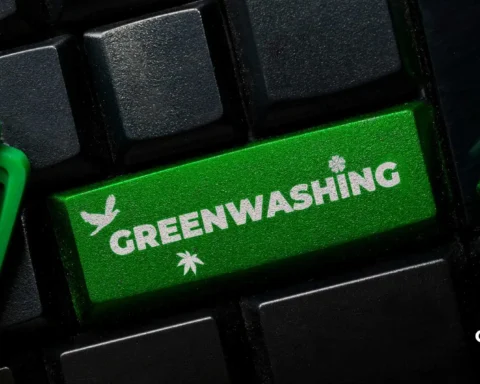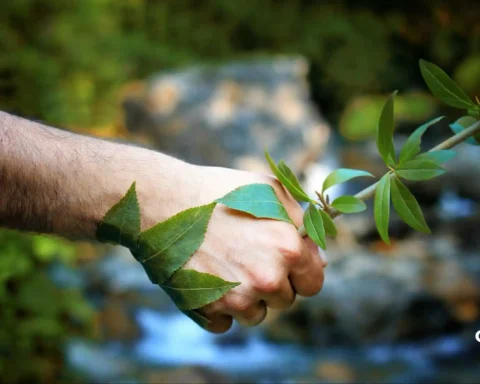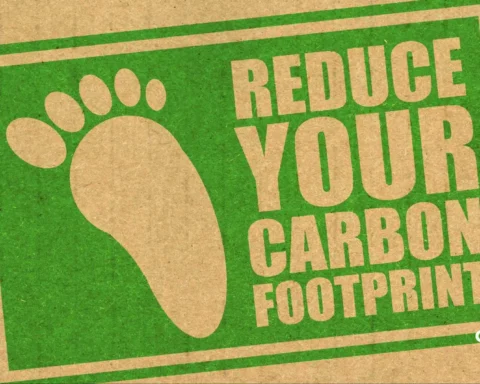Marine debris is one of the major threats to the health of our oceans and all the species that live in them. Defined as any man-made material discarded in the marine environment, marine debris comes from various sources, including land-based and ocean-based activities. This blog discusses 7 examples of marine debris, their sources, and the devastating effects they have on ocean life.
Table of Contents
7 Examples of Marine Debris
Plastic Bottles
One of the most ubiquitous forms of marine waste is the plastic bottle. The decomposition of bottles made out of polyethylene terephthalate, also known as PET bottles, can take hundreds of years. Many wind up on coastal beaches, remote islands, even the deep sea, and on the ocean floor. Plastic bottles are perhaps the biggest of the 7 examples of marine debris.
The environmental impact of plastic bottles is severely high. Among many types of debris, plastic bottles take one of the longest times to break down. And even when they do, toxic chemicals are released into the environment, adding to the overfilling of microplastics in the ocean and poisoning marine life that mistakes it for food. Ingestion of plastic particles from bottles has been known to cause blockages in the digestive tracts of affected animals, which include sea turtles, seabirds, and fish. Another impact these bottles cause is that organic pollutants from water bodies often stick to the floating bottles and get carried to other areas where aquatic life may easily ingest this invasive debris.

Derelict Fishing Gear
Derelict fishing gear, or more precisely, abandoned nets and other paraphernalia, is one of the most evident sources of marine plastic pollution. Caused by high fishing activity or high tourist activity, these items are termed “ghost gear” since it is said that they will continue to catch marine animals for years to come. These nets continue the process of entrapping and killing marine organisms long after they have been abandoned. Ghost gear also causes damage to coral reefs and entanglement of marine mammals, especially dolphins and whales. The hottest spots for the accumulation of derelict fishing gear are coastal environments and remote islands. Therefore, derelict fishing gear forms another one of the 7 examples of marine debris.
Cigarette Butts
Cigarette butts are one of the most common items of marine debris found on beaches. Made from cellulose acetate, these butts are a form of plastic waste that does not readily decompose. Recreational activities near beach areas are the leading cause of these being thrown into the sea. Cigarette filters leach harmful chemical contaminants into bodies of water, threatening marine ecosystems. Fish and bird species ingest cigarette butts, mistaking them for food. These items are very toxic for these species and can cause severe harm to these animals. Cigarette butts are yet another one of the unfortunate 7 examples of marine debris in the ocean.
Food Wrappers and Containers
Another major contributor to plastic debris in the ocean comes from food containers and wrappers. These items are mostly poorly disposed of either by human activities or through failures in land-based waste management. Like most other types of plastics, these items also break down into microplastics, which contribute to marine litter pollution and threaten coastal ecosystems. This type of food-related debris tends to have the highest concentrations in coastal waters and areas. In the 7 examples of marine debris, these wrappers and containers are yet another source of artificial debris.
Microplastics
Microplastics are small plastic particles resulting from the breakdown of larger plastic products. Microplastics in water are often swallowed by aquatic species and are toxic to them. Microplastics from beaches have even been found in the human body, further highlighting the need to better treat the abundance of plastics in today’s world. They are in massive amounts in every body of water, including the surface and floors of oceans. The sources of microplastics include broken-down plastic products, plastic bags, bottle caps, and plastic fragments.
The microplastics are ingested by marine animals and hence go into the food chain, posing a danger to the marine environment as well as human health. Much marine life, from plankton to large mammals to cetacean species, is affected by the ingestion of microplastics. An abundance of microplastics has even been found on sea beds and ocean surfaces. Microplastics are possibly the most concerning out of the 7 examples of marine debris listed here.

Plastic Bags
Plastic bags are one of the most abundant forms of marine debris. Their lightness makes them easily transported by both wind and water currents. Marine animals, such as sea turtles, commonly mistake plastic bags for jellyfish, which leads to ingestion and resultant blockages that are often fatal. Like other plastic items, plastic bags are a significant source of marine pollutants in this list of 7 examples of marine debris. Plastic bags have been found in coastal regions, remote islands, and even in deep-sea sediments.
Large Debris
Large pieces of debris come from waste disposal, disposable products, tsunami wash-offs, or other forms of dumping in the ocean. These large marine debris items can cause damage to many turtle species, fish, and large mammals. Furthermore, they can serve as catalysts for the formation of large garbage patches in the sea that ultimately become bigger and attract other waste. To prevent this, we must do the disposal of waste in a manner that is much cleaner and greener.
Overall Impact and Ways to Improve
The cumulative impact of marine debris is ravaging the marine environment. The impacts of plastic debris, abandoned fishing gear, and other trash range from food chain disruption to habitat degradation. Marine debris destroys the habitats for thousands of different species of marine animals, including coral reefs and seagrass beds. The cleaning up of the coastal waters and beaches, coupled with the loss of marine biodiversity, is a heavy economic burden on governments and communities. Ingestion of microplastics by marine species eventually enters the human food chain, which could have long-term health implications.
We must enact stricter controls on the production and disposal of plastic products. Clean-up initiatives are a critical first step in making the marine environment a safer place. These initiatives can go a long way in funding organizations taking part in ocean clean-ups, such as the Ocean Voyages Institute. We must also raise public awareness about the environmental damage caused by marine debris and promote sustainable practices. It is crucial to improve systems to prevent land-based sources of debris from reaching the ocean. By taking these measures, we can hopefully reduce the environmental and economic impact of marine debris and ensure that we have healthier oceans for future generations.
Conclusion
The 7 examples of marine debris illustrated in this blog give reason to deal with this worldwide problem. These range from plastic bottles and fishing nets to microplastics, impacting the economy and environment, no doubt, as witnessed with the discarded cigarette butts. One will be reducing plastic use and hence improving waste management and the call for the cleanliness of the area to keep the environment and ensure a better livelihood for sea creatures.

FAQs
What is the Most Common Marine Debris?
Plastics are the most common marine debris, particularly throwaway items like bottles, bags, and packaging. They are light and durable and can persist in the environment for hundreds of years. Furthermore, they break down into microplastics that can be toxic, further harming the marine environment.
What Items are in Marine Debris?
Marine debris can include different types of plastic, fishing gear, fishing nets, and large pieces of debris. The above blog includes other types of debris, including the 7 examples of marine debris.
What are the Three Types of Marine Debris?
There can be multiple types of debris. The three types can include: land-based, originating from urban areas, beaches, and rivers; ocean-based, from ships and fishing activities; and micro debris, such as small particles like microplastics and fibres.









